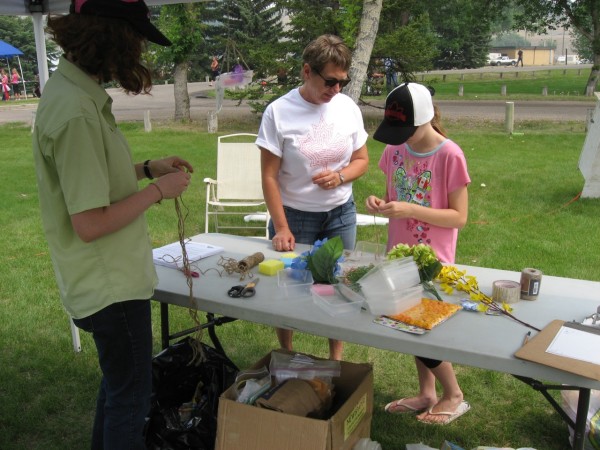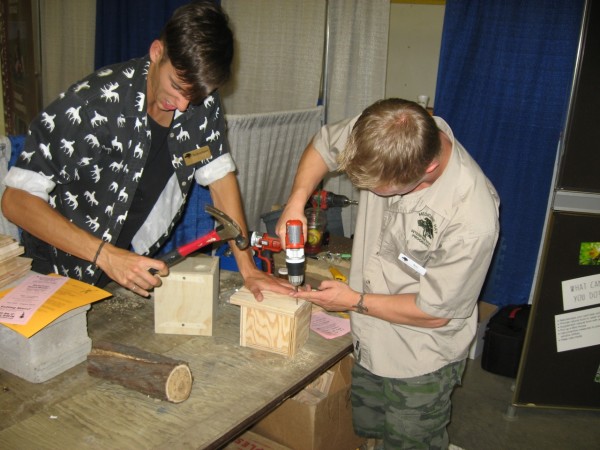The Society of Grassland Naturalists Go Wild naturalizing neighbourhoods
Nature is a key part of the Canadian identity, but it is often thought of in the context of a weekend trip to a national or provincial park. But nature is all around us; it’s where we live. How can we help nature thrive close to home? That’s the challenge that the Society of Grassland Naturalists faced in their local community of Medicine Hat, Alberta. Over the summer with funding from WWF’s Go Wild program, they created interactive workshops and events to show that everyone can play a role in restoring nature and protecting biodiversity right in our backyards and neighbourhoods.
Their Go Wild funded project Welcome Home inspired people to think of how they can share backyard and neighbourhood spaces with nature. The project’s mission was to help the local community learn more about the various species in their community and get more involved in creating habitat-friendly spaces for wildlife. The Welcome Home team rolled up their sleeves to show the community some simple how-to projects that anyone can do to bring nature into their yards.
“Everyone can enjoy the nature of the street they live on, and realize that “nature” isn’t something that happens somewhere else,” says Corlaine Gardner of the Society of Grassland Naturalists.
At Welcome Home public workshops, walks, and community events, the Society of Grassland Naturalists provided construction materials, instructions, and fun! Welcome Home inspired over 1,700 children and adults to take action and build wren houses, bee shelters, butterfly feeders and bat houses for their backyards to welcome home native species.
Some of the native species Welcome Home strives to protect are butterflies, bats, bees and birds. This is important work because, for example, according to WWF’s 2013-2014 report from Mexico, Monarch butterfly populations have dramatically decreased with numbers at their lowest in 20 years, and seven of the 18 bat species occurring in Canada are now listed as at risk. Threats to habitat and food sources are among the leading causes of unprecedented declines. When Canadians naturalize their neighborhoods, they are supporting conservation efforts by increasing the amount of habitat available.
The Society for Grasslands Naturalists discovered that Canadians truly are interested in taking action and making a difference. Welcome Home sparked a renewed appreciation of nature in more than 2,200 Canadians, helping them to understand the role they can play in creating much needed habitat-friendly spaces right in their own neighborhood.
“Our work shows that we can have an urban environment that includes many of the values of a wild ecosystem,” says Corlaine Gardiner, Grassland Naturalists
To follow the success of this project, Welcome Home has since introduced this backyard naturalizing program to local schools where students can learn how to create habitat structures and to think about how they can share their space with wildlife.
You too can Go Wild and inspire or lead projects in your community to help protect and restore nature. Visit wwf.ca/gowild today to apply and we could help you turn your ideas into action! Applications close on December 21, 2015 at 5 p.m. EST.



